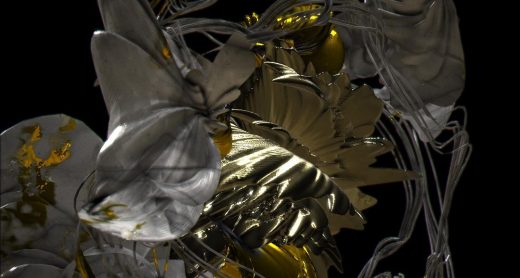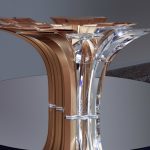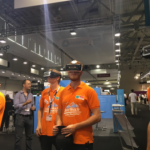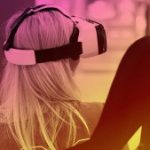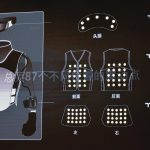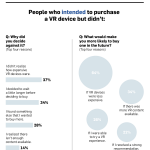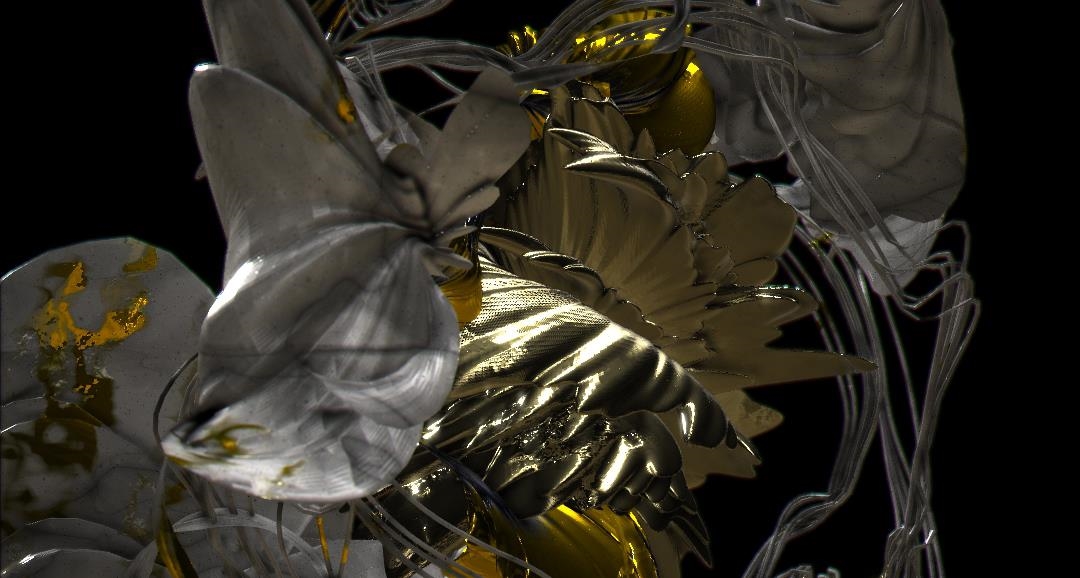Inside The Mill’s mind-bending alternate reality art showcase
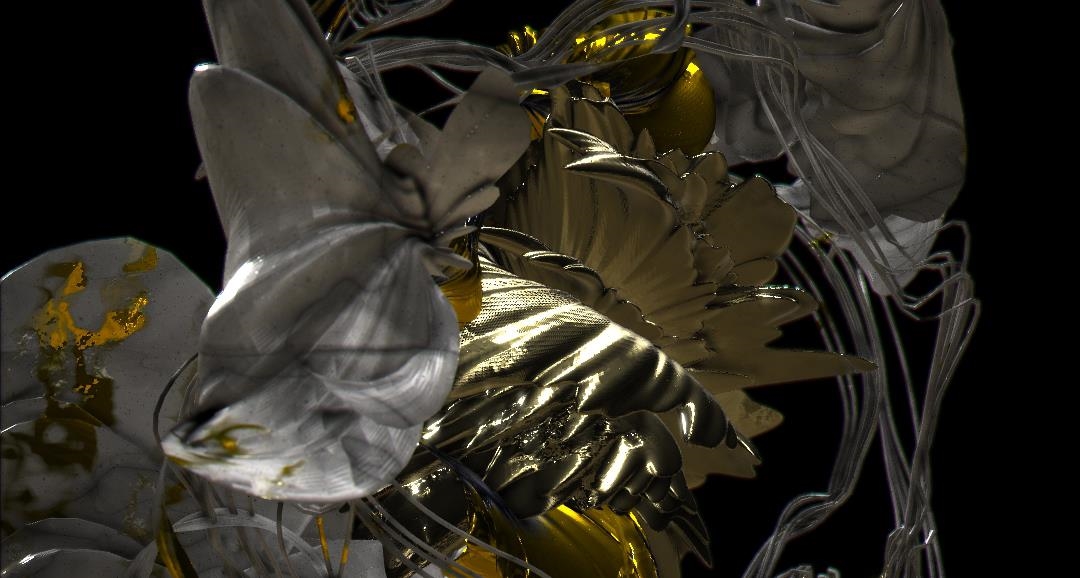
And all of this before I’d finished my first cup of coffee.
This was the scene at The Mill’s first big open studio exploring the connection between technology and humanity, titled Move Me. That day, the Technicolor-owned “creative content and technology studio” (a fancy way of saying “we make visual effects”) expected to see just shy of 1,000 special guests move through its doors and experience the outer limits of its in-house technology and creativity. The Oscar and Emmy award-winning studio, has been around since 1990, and is responsible for the visual effects on the first two Harry Potter films, Gladiator, Black Hawk Down, and the latest reboot of Doctor Who. You might also remember The Mill from “Project Raven” Epic Games’ Unreal Engine augmented reality demo, which utilized the studio’s in-house technology to combine real time visual effects with live-action footage at GDC 2017.
Not all of the projects on display at Move Me had the same polish as a Ridley Scott production or an Epic Game’s demo — many of the experiences were built in the space of just a few weeks — but it was by far the most concentrated mix of truly creative applications for emerging technologies I’d ever seen.
Pop Llama, the most complicated and seemingly convoluted project also turned out to be the most engaging. The augmented reality karaoke puppet show, used graphics that felt like the design love child of Lisa Frank and Jeff Koons and pop ballads like Mariah Carey’s Emotions to show how a combination of Epic’s Unreal Engine and The Mill’s in-house production kit, Cyclops, can bring the real-world and CG together in real-time. (Cyclops was the same system used by Epic at GDC.)
A member of the crew aimed his camera at a black-and-white checkered box on an empty set, covered in multi-colored cones as lights faded in and out overhead. Just out of frame, I waved my hand above a Leap Motion controller, opening and closing my fingers to the lyrics. A hyper-glossy, metallic digital llama mimicked my movements on a monitor in front of me, replacing the black and white box on the soundstage to my left. Every shift in the light, every subtle shadow was rendered in near real-time as the lama rolled along on a digital disco ball that reflected the very real light bouncing off of its many tiny mirrors. It was a ridiculous scenario, yes, but one can imagine how being able to render CG objects on set in real-time could be boon to big budget action and scifi films.
Other installations lacked Pop Llama’s polish, but delivered on concept. Neon Knights, billed as an “augmented reality snythwave battle,” utilized Microsoft’s Hololens for a social AR video game experience. The game, which “pits you against the cosmic forces trying to thwart your awesome journey through multiple dimensions to spread sexy peace across the universe,” was essentially a proof of concept used to show how otherwise isolating mediums like AR and VR can be used in a cooperative environment.
Once my partner, Engadget’s director of video, Olivia Kristiansen, and I had our headsets in place and Rock Band controllers in hand, we were told to shoot at the bad vibes coming toward us in the neon-lit, 1980s-inspired virtual arcade world just in front of us. The game felt like a combination of Rock Band and Galaga wrapped in my middle school Trapper Keeper and set to the tunes of Electric Six. It took me a while to figure out how to shoot with a small plastic guitar, and Olivia never did get the hang of it, but it was, honestly, the first time my heart rate moved above sleep-mode while wearing a Hololens. Technical difficulties and user errors aside, Neon Knights, was, if anything, a promising look at the potential of multiplayer AR gaming.
The other projects on display varied in their thoughtfulness and execution but in nearly every instance, I was forced to face my own techno-skepticism. Virtual reality has yet to really take hold as many have predicted and while Pokemon Go may have brought augmented reality into the mainstream consciousness, we’re still nowhere near realizing its potential. It’s going to take more than a lip-syncing llama to sell me, but it’s refreshing to see groups like The Mill pushing the limits of how these technologies are used.
(46)

